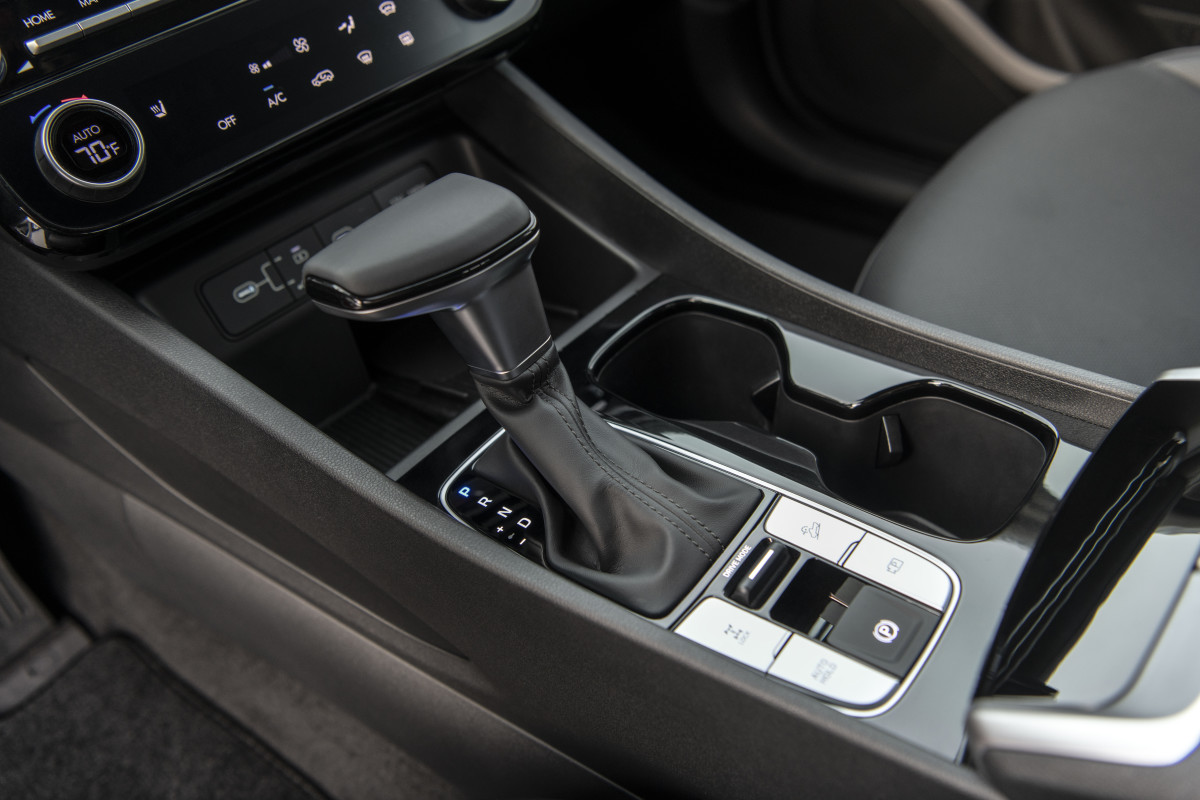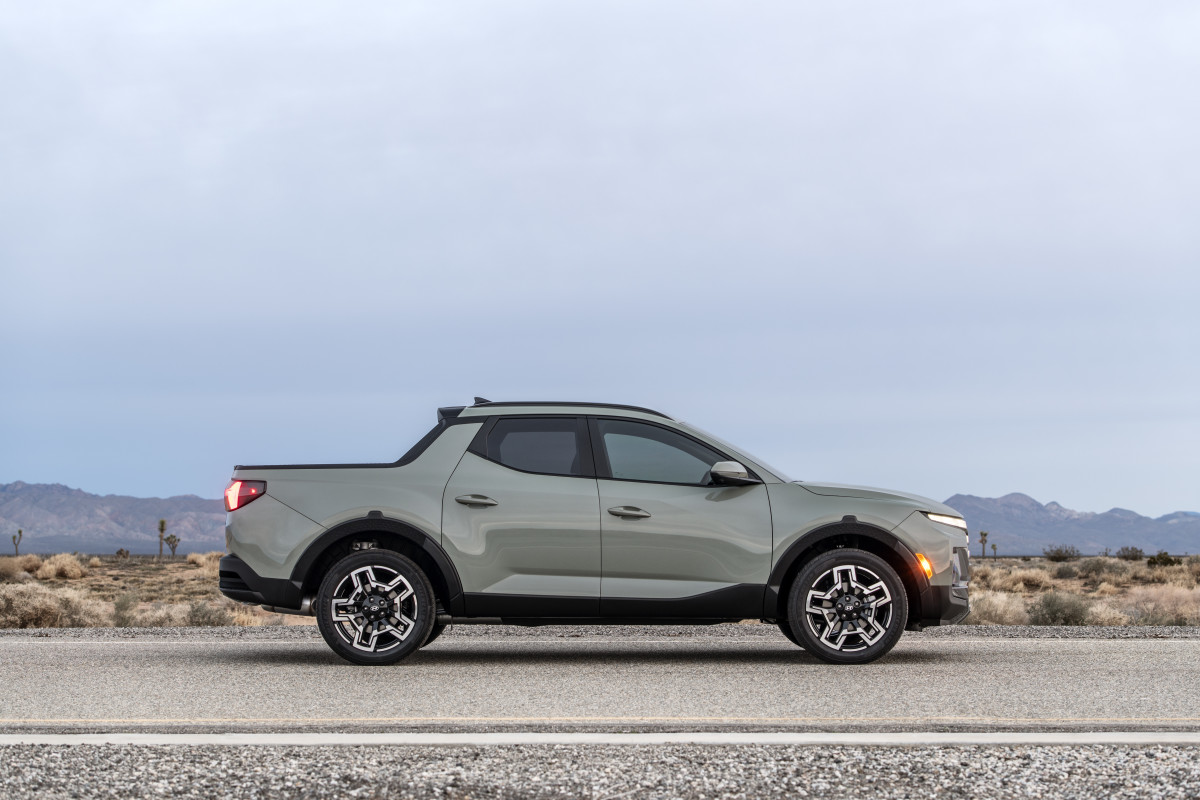Modern torque-converter automatics are replacing once-lauded DCTs
Hyundai just announced updates for its entire range, as most models begin the switch to the 2026 model year. While many of these changes involved a shuffling of trims and new features, one particular update jumped out at us. The Korean marque will be replacing the dual-clutch automatic transmission in variants of the Santa Fe and Santa Cruz equipped with it. In the DCT’s place will be a conventional torque converter automatic. This seems to be yet another case of DCTs losing favor, due to reliability concerns and a few undesirable drivability characteristics. Let’s take a closer look.
A Needlessly Complex Transmission For Everyday Family Cars
Hyundai
View the 3 images of this gallery on the
original article
For turbocharged models (all non-hybrid Santa Fe and Santa Cruz derivatives), Hyundai has until now been using an eight-speed wet dual-clutch automatic. Naturally-aspirated Santa Cruz pickups stuck with a conventional eight-speed auto.
However, DCTs are more complicated than regular autos, featuring two separate clutches and associated components. This makes them more costly to produce and maintain, and less suitable for use in cheaper everyday cars. There are also reliability concerns, as Ford found out with its older PowerShift transmissions.
Hyundai has already had to recall Santa Fe models for DCT-related issues, despite the model still being relatively new. In these crossovers, the Transmission Control Unit software logic could mistakenly engage the clutches. These could damage the transmission, cause a rollaway, or result in a noise from the DCT.

A separate recall involving Santa Cruz and Santa Fe models with the DCT was filed, too. This one related to rough shifts, a lack of power, and hesitation, which could result in the transmission needing to be replaced.
Evidently, Hyundai decided that these transmissions are more trouble than they’re worth, which is why a normal eight-speeder is being used instead.
“For 2026, Santa Fe moves to a torque converter transmission. It became available in our development cycle, and we determined it provided ideal overall drivability for the Santa Fe driver moving forward,” the spokesperson said to Car and Driver, seemingly not wanting to mention any of the DCT’s obvious defects.
In our own review of the Santa Fe, we found that the DCT was jerky when switching from first to second gear.
DCTs May Have Had Their Heyday

View the 4 images of this gallery on the
original article
Since its use in the Volkswagen Golf R32 in the 2000s, the dual-clutch auto found its way into many performance cars. The transmission has often been praised for its ultra-fast shifts, which create a more engaging driving experience. They also improved fuel efficiency, especially at a time when torque-converter transmissions were not as refined or efficient as they are now.
This has changed, however. Since the Golf R32 launched, torque-converter automatics have improved dramatically. Eight-speed transmissions are now commonplace, as are designs with up to 10 speeds. But beyond the number of gears, these transmissions now shift a lot quicker than before, to the point where the main advantage of a DCT has been eroded.
Conventional automatics are also smoother, especially at low speeds or in stop-and-go traffic, when DCTs can be jerky.

BMW, a brand that relied on DCTs for several M cars, has replaced them with its eight-speed torque converter, even in focused products like the M3. Reliable brands like Mazda and Toyota haven’t considered DCTs, even in performance models. Of course, many supercar manufacturers still use DCTs successfully, such as Ferrari with the SF90 Stradale.
While Ford persisted with its troublesome PowerShift for far too long, it’s good to see Hyundai has made this change early in the life cycles of the current Santa Fe and Santa Cruz.